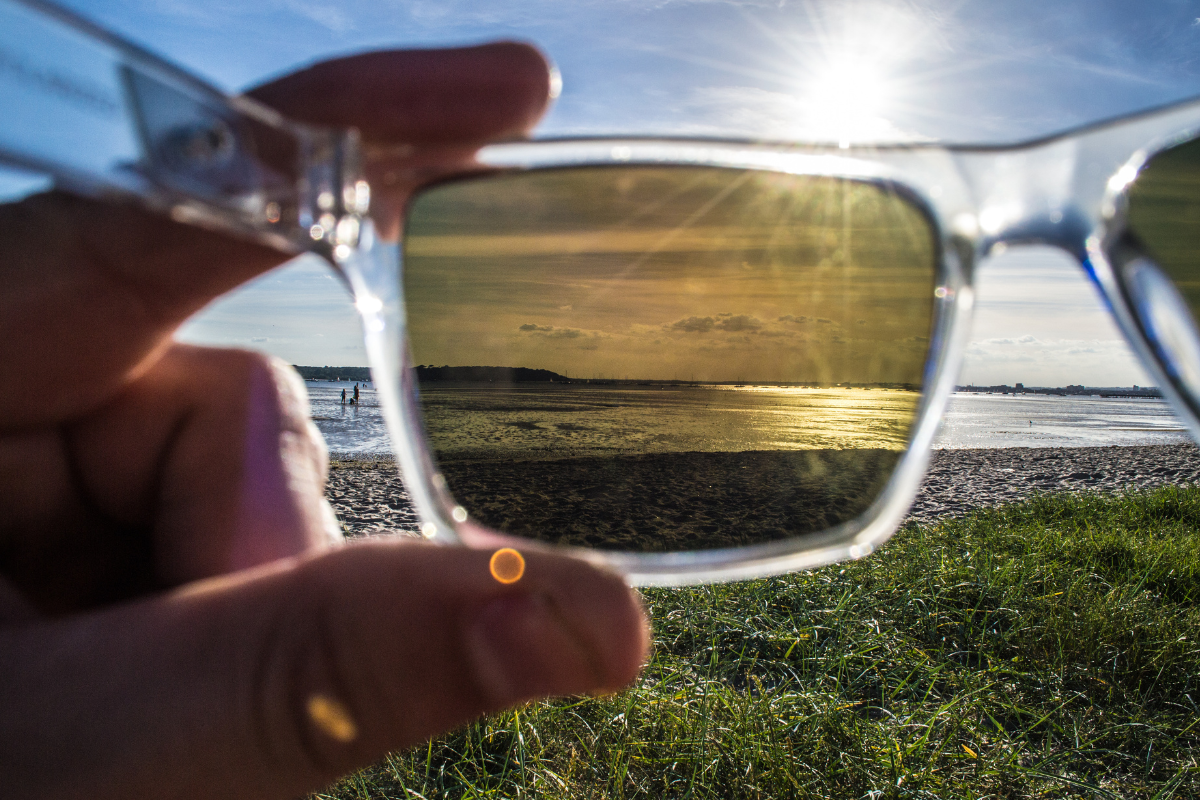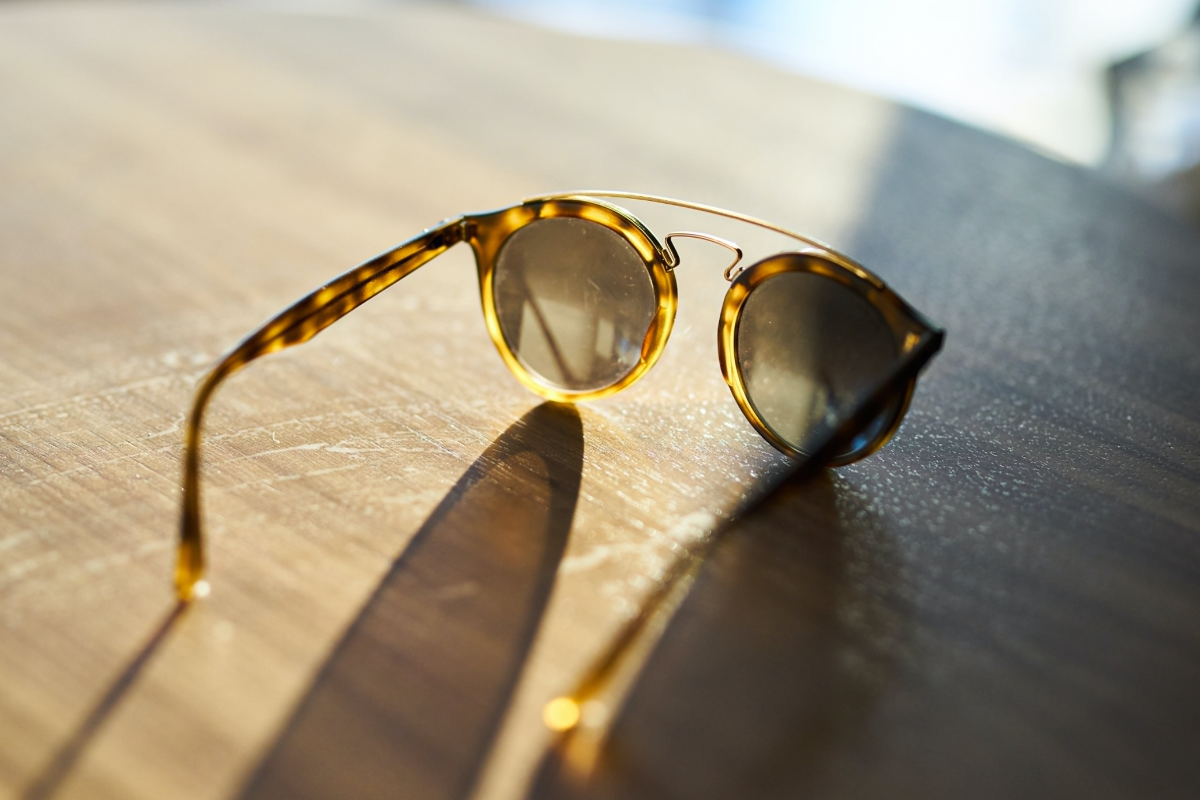Polarized lenses have seen increased demand in recent years due to their numerous benefits for a wide range of consumers.
While primarily used by athletes and outdoor enthusiasts, it is also used by individuals with photophobia, as well as those looking for improved visual clarity and eye protection.
Thanks to these perks, the polarized glasses market is expected to see growth worth over $10 billion by 2030.
Given that this type of lens is in such high demand, it’s natural for many to wonder what makes them special.
Apart from the aforementioned eye benefits, what technology makes polarized lenses stand out? And how can they be optimized for the best results? Read on to find out.
Table of Contents
ToggleHow Are Polarized Glasses Made?
The most prominent step in making polarized glasses is creating the polarizing film. This is done by coating a special type of plastic with a chemical compound containing iodine.

The plastic is then stretched and aligned in such a way that the molecules within the film become uniformly oriented in one direction.
This process is known as polarization and results in a filter that only allows light waves vibrating in one direction to pass through while blocking out light waves that are vibrating in all other directions.
Multiple colors are also manufactured for polarized lenses, such as gray and copper. Gray lenses are designed to provide natural color perception and maintain true colors in bright sunlight.
On the other hand, copper lenses are specifically engineered to enhance red and green colors.
By utilizing these colors, there is better contrast and depth perception, allowing for better visibility in various light conditions.
Additionally, these color bases can be further enhanced with different mirror finish options, including silver, blue, and green. These mirror coatings provide additional protection from glare.
How Do Polarized Lenses Actually Work?
To understand the technology behind how polarized lenses function, it is first important to grasp the concept of polarization.
When light waves reflect off a flat surface, such as water, snow, or the hood of a car, they become polarized, meaning that the light waves align in a horizontal direction.
As a result, it creates an intense glare that can be blinding and reduce visibility.
Polarized glasses contain a special filter, as discussed above, that blocks out intense horizontal light, which is the main source of glare.
This means that the glare reflected off horizontal surfaces is significantly reduced, resulting in a clearer, more comfortable view and reduced strain on the eyes.
While other types such as UV protective lenses serve to protect the eyes from the harmful rays that penetrate the eyes, these types of lenses are not always polarized and do not reduce distracting glare.
Besides their main function of blocking glare, one of the biggest advantages of polarized lenses is their ability to improve depth perception.
By filtering out scattered light that can cause hazy or fuzzy vision, these lenses help to sharpen details.
As such, it becomes easier to see objects and contours in outdoor environments and other bright conditions.
Depth perception is also especially important for safety, as it allows for better judgment of distances and potential hazards.

Where Are Polarized Glasses Best Utilized?
The most common places where polarized glasses are best utilized are in outdoor activities that involve water, such as fishing, boating, or water sports.
The reason behind this is that water creates a blinding glare that makes it difficult to see beneath the surface.
Other outdoor activities, such as snowboarding, skiing, and hiking, can also benefit from the use of these glasses.
Polarization is also necessary in snowy environments as they create glare in a similar way as sunlight on water does, while the enhancement of contrast and depth perception can be particularly useful in off-road and mountainous terrain.
Polarized glasses are also well-suited for driving, especially in sunny conditions, as glare from the road and other reflective surfaces can be dangerous for drivers.
Aside from specific activities, polarized glasses are also a great choice for everyday use in sunny conditions.
The enhanced visibility and comfort they provide make them versatile and practical for anyone who spends time outdoors.
Be sure to check out the rest of our blog for more lifestyle articles like this.











